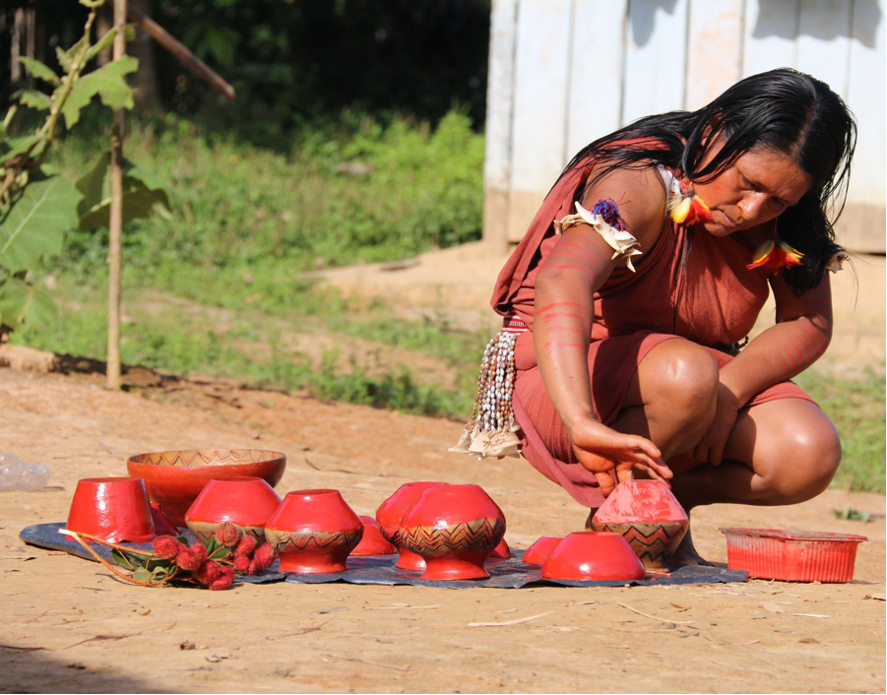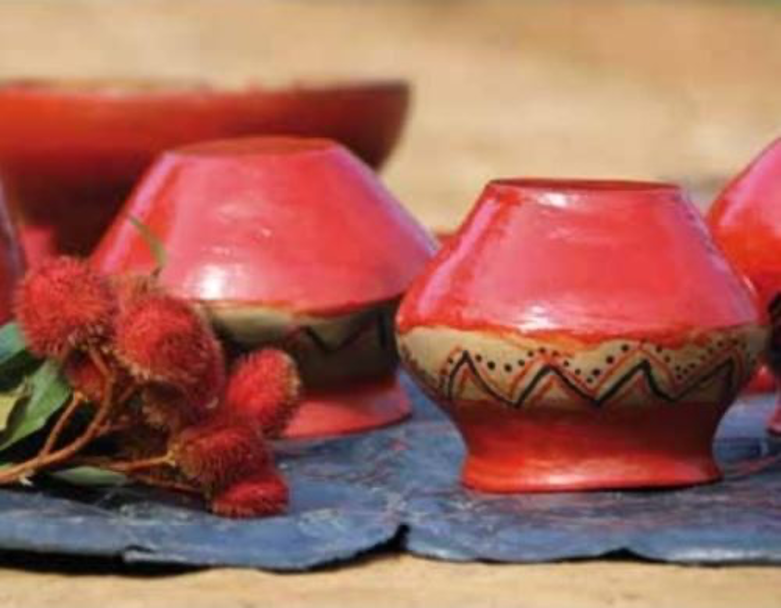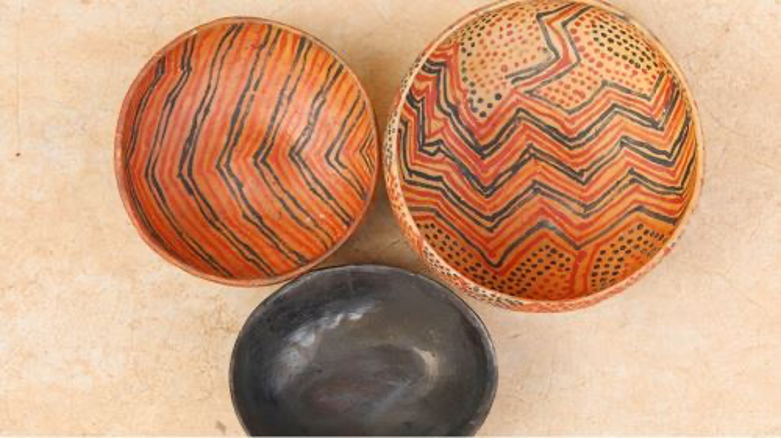
The Peruvian Ministry of Culture highlighted the decision of the United Nations Educational, Scientific and Cultural Organization (UNESCO) to include the pottery-related values, knowledge, lore, and practices of the Awajun people on the Representative List of the Intangible Cultural Heritage of Humanity, which highlights the importance of this art that is passed from generation to generation.
“It is a joy for our country to celebrate the inscription of the pottery-related values, knowledge, lore, and practices of the Awajun people in such an important UNESCO list. The Awajun people is one of the 55 indigenous peoples in Peru and a great ally in protecting the environment, and they demonstrate this through their sustainable use of natural resources to create such beautiful pieces,” Culture Minister Gisela Ortiz said on Tuesday.
Remarks were made during her participation in the sixteenth session of UNESCO’s Intergovernmental Committee for the Safeguarding of the Intangible Cultural Heritage.
“It is an honor to have as representatives of the country’s culture to the world indigenous women who value and transmit valuable ancestral knowledge, highlighting the use of the Awajun language —a very important vehicle for our memory and history,” Ortiz stated.

Art of Awajun pottery
According to the Ministry of Culture, the technical file was presented to the UNESCO headquarters in Paris in April 2019 to present “the great value of the pottery production of Awajun women.”
“After two long years of assessment, they receive the deserved honor in recognition of their permanent safeguarding of these knowledge and practices that express values and cultural identity,” the ministry stated.
The art of pottery is based on a deep understanding of nature and the environment. This art is mainly made by women who demonstrate their personality, generosity, and intimate lives through pottery.

According to UNESCO, the pottery preparation process comprises five stages: the collection of materials, modelling, firing, decorating, and finishing. Each stage of the process has a meaning and associated values that are told in the people’s oral traditions.
The process also entails the necessary skills and knowledge to create and decorate the pots. Artisans use specific tools, including grinding and polishing stones, a wooden board, a modelling tool, and a paintbrush made of human hair.
The pots are decorated with geometrical patterns inspired by elements of nature such as plants, animals, mountains, and stars.
They are used for cooking, drinking, eating, and serving food, as well as for rituals and ceremonies. However, they also play an important social role.
Seen as a means of expressing one’s personality, generosity, and intimate life, the thousand-year-old practice has permitted the empowerment of Awajun women, who look after and sow the plants they use to make and decorate their pots.
The main bearers of the Awajun pottery knowledge, lore, and traditions are the Dukug wisewomen, female elders who pass the practice on to other women in their families.